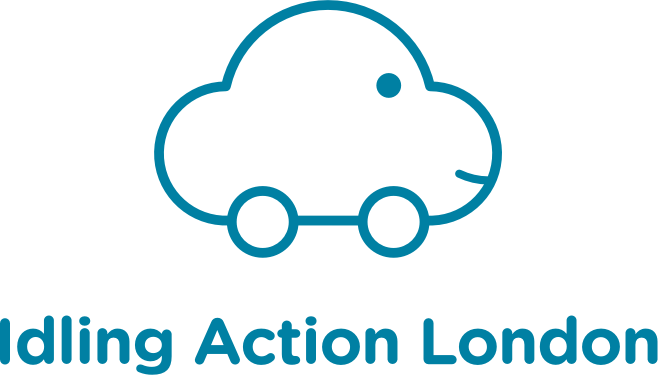Research
We have carried out several research studies to support our campaigning against engine idling including a review of vehicle emissions data, a study examining the best campaign strategies and messaging to use and a citizen science experiment investigating the impact of idling inside the vehicle on driver exposure.
Does idling really have an impact on air pollution?
The impact of idling on background levels of pollutants like NO2 is challenging to measure but we know that idling can significantly increase localised pedestrian-level pollution, as well as increasing pollution levels within vehicles too.
It is important to consider that the pollution caused by idling is highly localised and concentrates around areas with high footfall. We have conducted air quality monitoring at some of our events. When stood next to an idling vehicle, we found PM levels were about 10 times higher than the average air pollution levels.
Idling Emissions Review
TRL produced new research in 2021, examining the emission profile of idling vehicles. By analysing Portable Emissions Measurement System (PeMS) data for various petrol and diesel vehicles TRL has established quantities of CO2 and NOx produced by idling. The findings indicate that idling for a 30 second period produces nearly twice as much pollution as switching off then restarting the engine.
The results of this research have been used in our Engine Off Every Stop campaign messages. Click here for the executive summary of this study.
Campaign Strategies and Messaging
We commissioned Cool World Consulting to undertake research to inform future anti-idling campaign strategies, tactics and messaging. The study involved surveys to gain insights into driver behaviour, surveys were conducted via the RAC, face to face with drivers and also to volunteers and Local Authority officers who have worked with the project. The surveys showed that an advertising campaign around the health impacts of idling, such as our Engines Off Every Stop campaign, would be the most effective campaign element to encourage drivers to switch off. The survey results around campaign messaging were mixed with health messages and those around fuel usage and money coming out top in different surveys showing that a variety of messaging is needed to engage with different audiences.
The report highlights the main findings and recommendations.
Citizen Science Experiment
We carried out a citizen science experiment with members of local communities to investigate the impacts of idling vehicle emissions on the inside of the vehicle and hence the exposure of the driver to pollution while driving. The results would suggest that in-vehicle pollution levels can be very high when in stationary traffic and recommends that the greatest opportunity to significantly reduce drivers’ (and passengers’) exposure to air pollution due to idling would be to encourage drivers to switch off their engines when stopped in traffic, such as at junctions or traffic lights.
The report contains the findings from the experiments.
